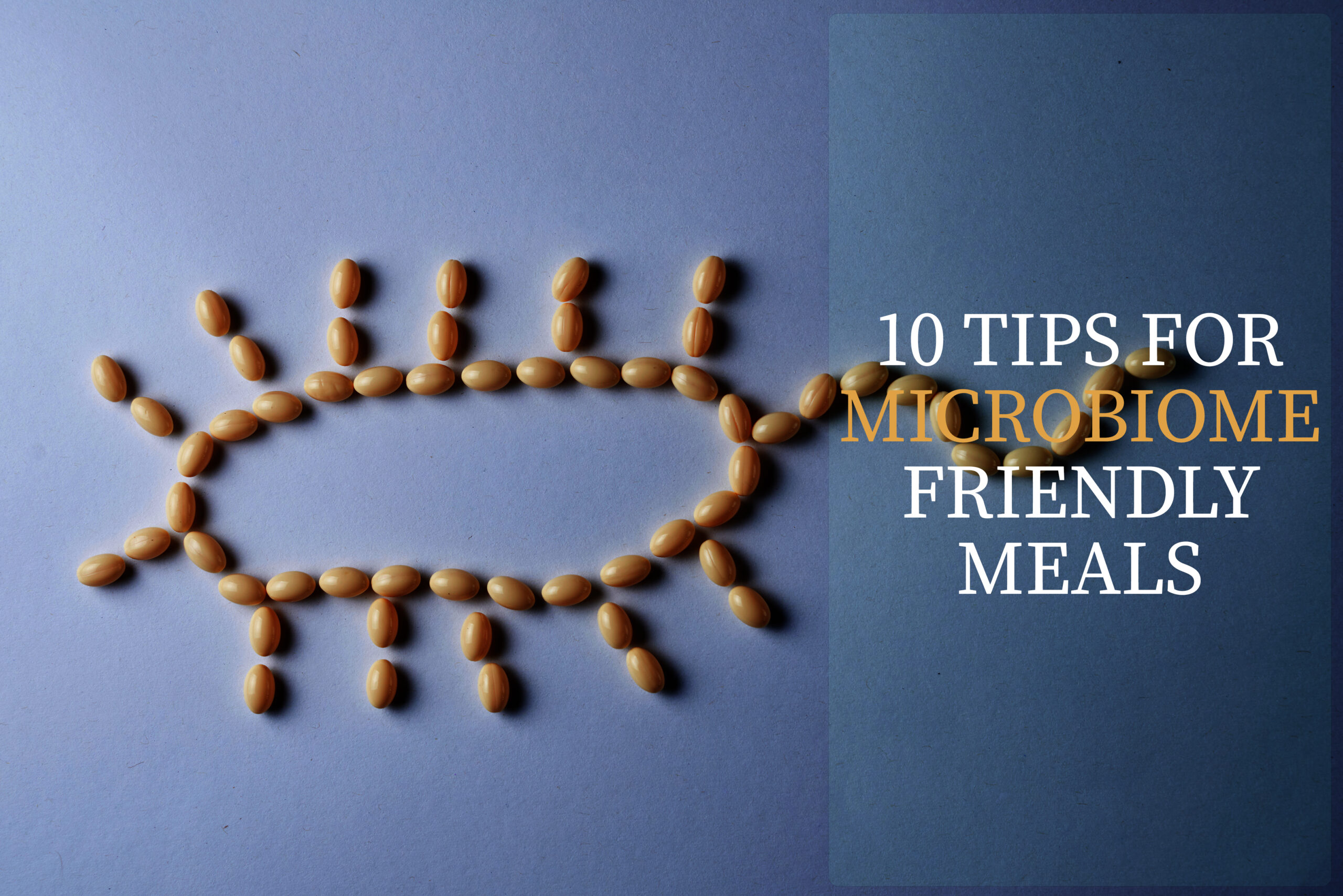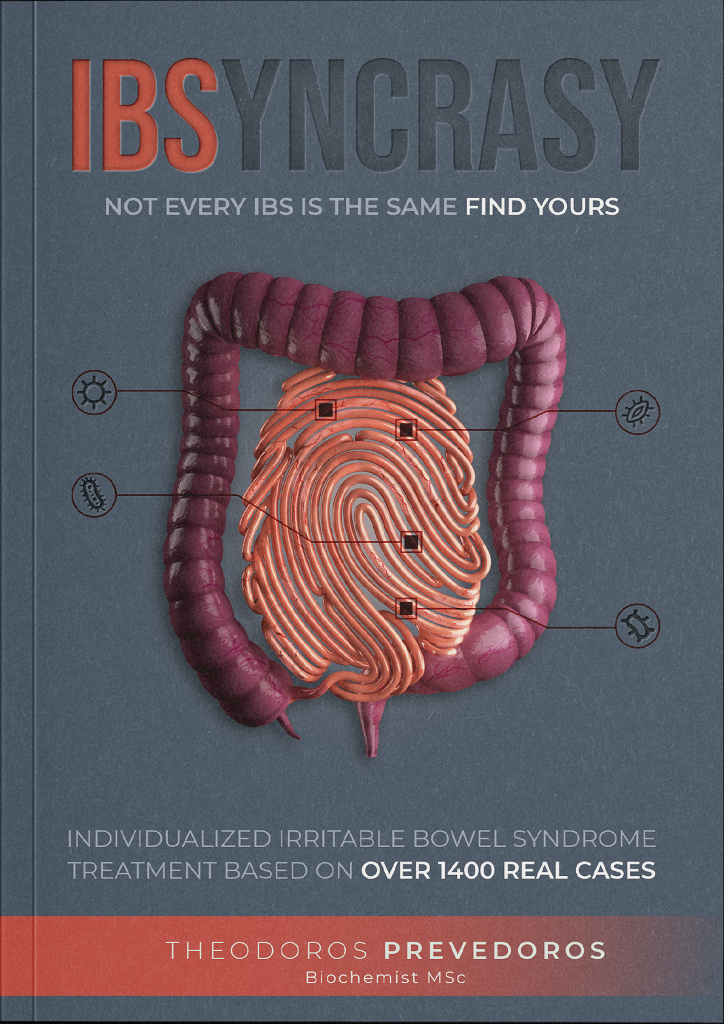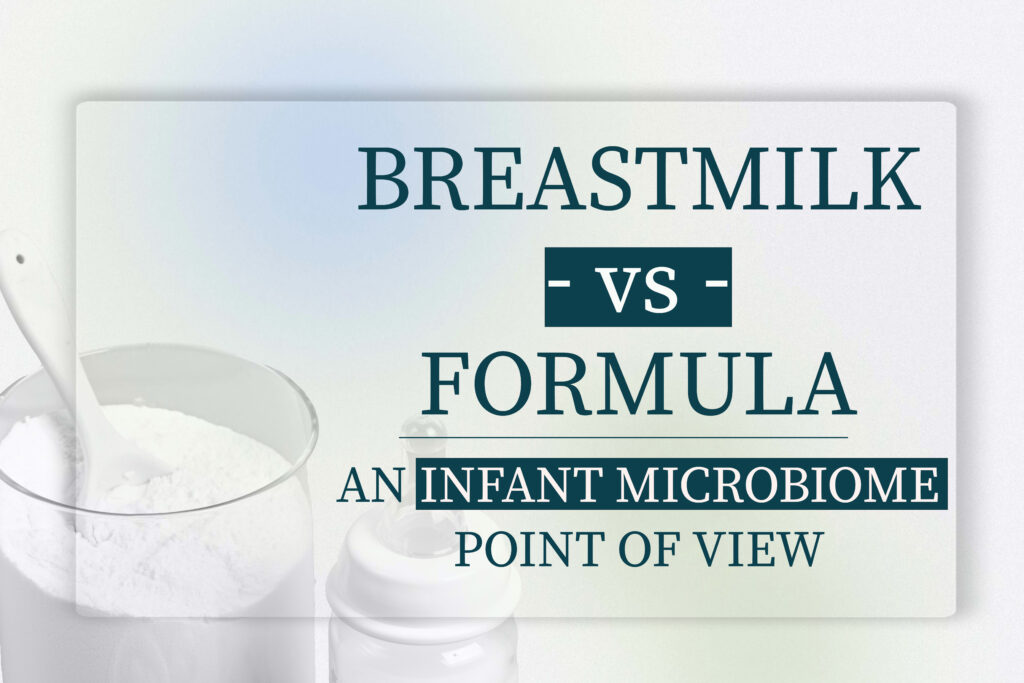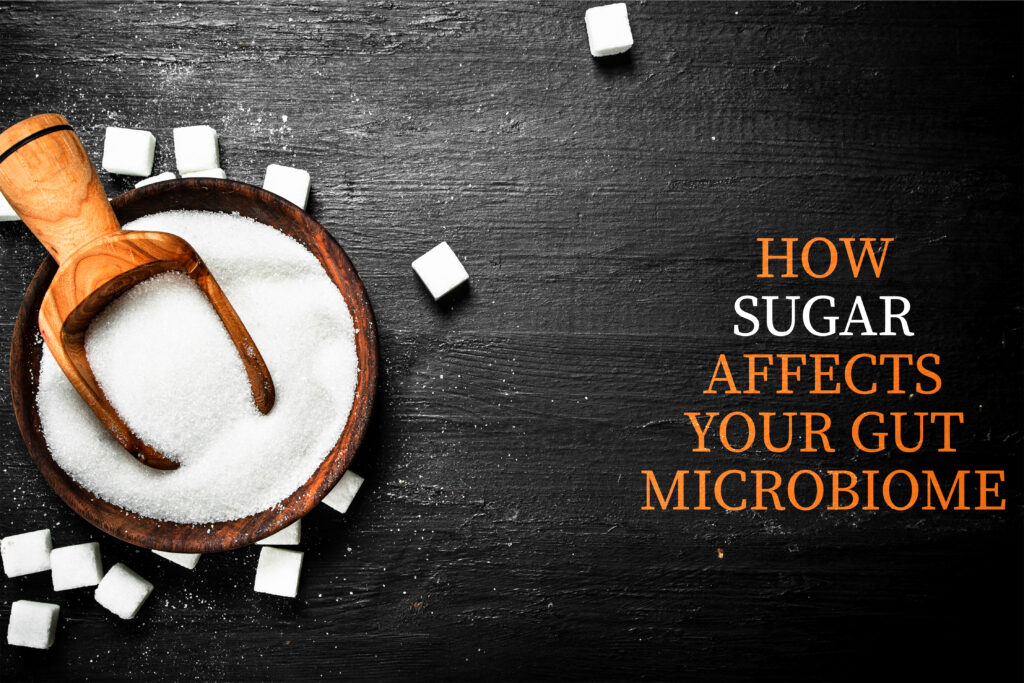10 tips to make your food loved by your microbiome
Embark on a tasty journey to better gut health with these 10 microbiome-friendly tips, exploring diverse plant-based foods, probiotics, and prebiotics for a balanced and thriving gut microbiome.

Your gut microbiota love steaming but hate grilling, they prefer salad with every meal and react differently if lentils contain bay leaves!!!
The impact of food on gut microbiome development
You may not realize it, but your gut is like a bustling metropolis, housing trillions of bacteria, known as the gut microbiome. These tiny tenants play a crucial role in your overall health and wellness, from digestion and immune function to mood regulation. So, how do you keep these microscopic residents happy and healthy? It all starts with the food you eat.
Plant-based foods, particularly those rich in fiber, are the go-to grub for gut microbes. Fiber is their favorite snack, as it provides the essential nutrients they need to thrive. By munching on these fibrous foods, you’re helping to create a diverse and healthy gut microbiome, which in turn supports your well-being. So, let’s explore how you can make your meals more microbiome-friendly!
Food and gut health
The key to maintaining gut health is choosing the right foods. Aim to include a variety of fruits, vegetables, whole grains, and legumes in your diet. These plant foods provide the necessary fiber to support your gut microbiota. But wait, there’s more! Fermented foods like yogurt, kefir, sauerkraut, and kimchi are also important as they contain live bacteria (probiotics) that can improve gut health. Now, let’s dive into 10 tips to make your meals more microbiome-friendly.
10 tips for a microbiome-friendly diet
Ready to take your gut health to the next level? These 10 tips will help you create meals that nourish your gut microbiota while also being delicious and satisfying. If you suffer from IBS or just bloating you will need to adjust the portions of these side plates. We’ll dive deep into the science behind these recommendations to provide a comprehensive understanding of how they benefit your gut.
Do not cook food in very high temperatures
High temperatures can cause the formation of harmful molecules, like advanced glycation end products (AGEs), which have been linked to chronic diseases and inflammation. By cooking at lower temperatures, you'll preserve the gut-friendly nutrients and phytochemicals in your food, and avoid the production of AGEs. For example, try roasting vegetables at 350°F (175°C) instead of frying them, to maintain their nutritional value.
Always have a salad as a side plate with your main meal
Incorporating a salad with your main meal is an easy way to increase your intake of prebiotic fibers, which are essential for gut bacteria growth. Prebiotic fibers, like inulin found in Jerusalem artichokes and fructooligosaccharides (FOS) in bananas, are fermented by gut bacteria, producing short-chain fatty acids (SCFAs). SCFAs, such as butyrate, propionate, and acetate, are important energy sources for intestinal cells and help regulate immune function.
Avoid adding sugar to your meals
Excessive sugar intake can lead to an overgrowth of potentially harmful bacteria, like Clostridium difficile, and yeast species, such as Candida. This overgrowth can disrupt the balance of your gut microbiota, causing dysbiosis, which has been associated with various health issues, including inflammation and weakened immunity. By limiting added sugars, you'll create a more hospitable environment for beneficial bacteria like Lactobacillus and Bifidobacterium.
Prefer seasonal vegetables for their unique fiber content
Seasonal vegetables are not only fresher and more flavorful, but they also provide a diverse range of fibers for your gut bacteria to munch on. As the seasons change, so do the types of fibers available, ensuring a varied diet for the bacteria in your gut. For example, winter root vegetables contain resistant starch, while summer squash offers pectin, both of which are fermented by gut bacteria to produce beneficial SCFAs.
Avoid ketchup or other artificial seasonings and prefer making your own
Artificial seasonings and many processed foods often contain additives, preservatives, and high levels of sodium, which can negatively impact your gut microbiome. By making your own seasonings, you can avoid these unwanted ingredients and instead use gut-friendly herbs and spices like ginger, which has anti-inflammatory properties, and turmeric, which contains the active compound curcumin, known for its potential to modulate the bacterial composition of your small and large intestine.
Use spices like turmeric and nutmeg
Spices like turmeric and nutmeg are rich in bioactive compounds that benefit your gut health. Turmeric's active ingredient, curcumin, has been shown to reduce inflammation and help maintain a balanced gut microbiota, while nutmeg contains compounds like eugenol, which may have antimicrobial properties against harmful bacteria. Incorporate these spices into your meals to add flavor and support your gut microbiome.
Cook with garlic and onion
Garlic and onion are rich in prebiotic fibers, like inulin and FOS, which promote the growth of beneficial bacteria, such as Bifidobacterium and Lactobacillus. Additionally, these allium vegetables contain sulfur compounds, like allicin and diallyl sulfide, which exhibit antimicrobial and anti-inflammatory properties. By incorporating garlic and onion into your meals, you'll support a healthy gut microbiome and help keep harmful bacteria at bay.
Steam your vegetables when possible
Steaming is a gentle cooking method that preserves water-soluble vitamins, like vitamin C and B vitamins, which can be lost during other cooking processes. These vitamins play a role in maintaining a healthy gut lining and supporting the immune system. Steaming broccoli and asparagus also helps to maintain the structure and integrity of prebiotic fibers, ensuring that they reach your gut bacteria intact.
Cook legumes with Kombu seaweed or bay leaves
Legumes are a fantastic source of prebiotic fibers, but they can also cause gas and bloating for some people. Cooking them with Kombu seaweed or bay leaves can help break down indigestible carbohydrates, like oligosaccharides, and reduce these side effects. Additionally, Kombu is a source of beneficial marine polysaccharides, which can promote the growth of good gut bacteria like Bacteroides.
Opt for slow cooking methods when applicable
Slow cooking is not only convenient, but it can also help preserve the nutrients in your food and create gut-friendly dishes. Low and slow cooking methods, like using a slow cooker or simmering soups and stews, can help break down fibers and make them more accessible to your gut bacteria. Plus, slow cooking can promote the production of collagen-rich foods, like bone broth, which supports a healthy gut lining.
Gut bacteria have their own menu
While these 10 tips are a great start, it’s essential to remember that numerous factors influence the quality of a meal and its impact on your gut microbiome. From the dietary preferences of your ancestors to the time you take your dinner. you carry to The closer your meal aligns with our evolutionary digestive and developmental standards, the more nutritious it is for the microorganisms in your gut. A diet rich in whole, plant-based foods, such as leafy greens, fruits and vegetables, and minimal processed or fried foods, is the best way to support a healthy and diverse microbiome. Integrating probiotic and prebiotic foods into your diet can further enhance one’s microbiome, promoting the growth of good bacteria. So, treat your gut bacteria to a diverse menu of whole foods, and they’ll reward you with better health and well-being.

FAQ
Q: How can I improve my microbiome eating?
A: To improve your microbiome through diet, focus on incorporating a diverse range of whole, plant-based foods rich in prebiotic fibers and probiotics. Consume probiotic foods such as yogurt, kefir, and fermented vegetables (e.g., sauerkraut and kimchi) to introduce beneficial bacteria into your gut. Additionally, eat foods high in prebiotic fibers, such as artichokes, asparagus, and whole grains, which provide the necessary nutrients for your gut bacteria to thrive. By doing so, you’ll support a balanced composition of the microbiome, leading to improved gut health.
Q: What does your microbiome want for dinner?
A: Your microbiome thrives on a diverse and nutrient-dense meal, preferably rich in plant-based foods. A microbiome-friendly dinner could include a salad with various leafy greens, a portion of whole grains (e.g., quinoa or brown rice), and a serving of lean protein. Additionally, incorporate vegetables that are good for your gut, like artichokes and asparagus, and season your meal with gut-friendly spices like turmeric and ginger. This type of meal provides the right mix of dietary fiber and other essential nutrients for your gut bacteria to flourish.
Q: What foods should you avoid if you have a microbiome problem?
A: If you’re experiencing microbiome-related issues, it’s best to avoid highly processed foods, added sugars, and artificial additives. These types of foods can negatively impact bacterial balance, leading to dysbiosis and associated health problems. Limit your intake of foods high in saturated and trans fats, which can cause inflammation in the intestinal lining and disturb the small intestine’s bacterial composition. Instead, focus on consuming whole, unprocessed foods that nourish your inner ecosystem and support a healthy microbiome.
Q: What fiber is best for the microbiome?
A: There isn’t a single “best” fiber for the microbiome, as different types of fibers benefit different bacterial populations in the gut. The key is to consume a diverse range of fibers, as this helps support a diverse and balanced gut microbiota. Examples of dietary fibers beneficial for the gut include inulin (found in artichokes and onions), fructooligosaccharides (FOS, found in bananas and asparagus), and resistant starch (found in cooked and cooled potatoes and whole grains). By incorporating a variety of fiber-rich foods into your diet, you’ll provide an optimal environment for a healthy gut microbiome.

With a background in Chemistry and Biochemistry from the National and Kapodistrian University of Athens, Theodoros brings a wealth of knowledge in functional medicine and advanced treatments to his role. He possesses exceptional skills in analysis, pattern recognition, diagnostic translation, and storytelling. He is also FMU certified in Functional Medicine and has received training in advanced treatments from the Saisei Mirai Clinic in Japan.


